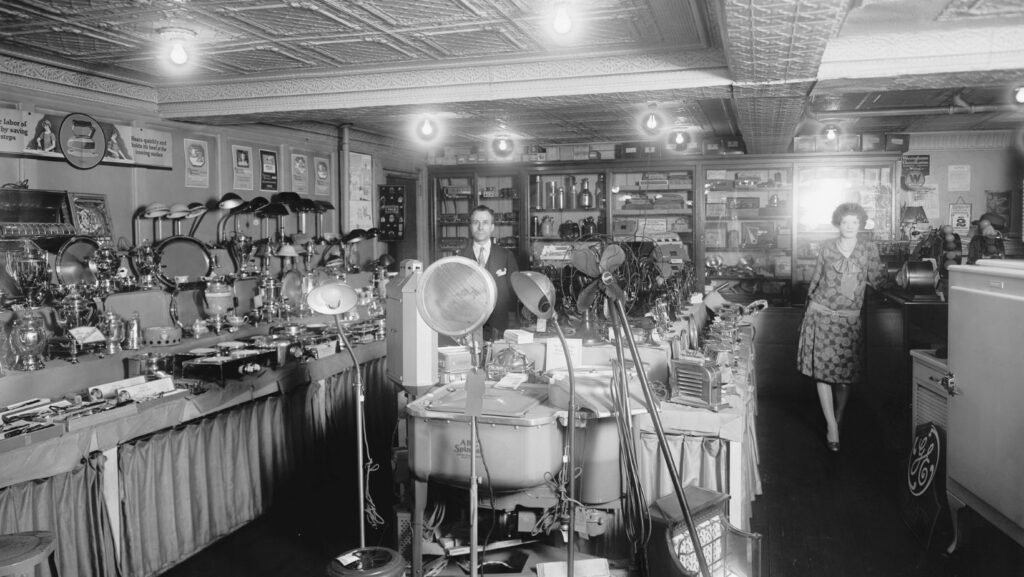The 1920s was a decade of remarkable technological advancements that revolutionized the way we live. From the introduction of the radio to the rise of automobiles, innovation was at the forefront of this era.
During this transformative period, breakthroughs in communication, transportation, and entertainment laid the foundation for the digital age we now thrive in. As I explore the impact of inventions like the television and the first commercial radio broadcasts, I unravel the intricate tapestry of progress that defined the roaring twenties.
Technology In The 1920s
When I think about technology in the 1920s, one of the first innovations that comes to mind is the radio. It was a true game-changer in the world of communication.
- Radio stations began popping up across the country, providing news, entertainment, and music to households everywhere.
- People could now listen to programs in the comfort of their own homes, bringing the world closer together.
- The radio also played a significant role in advertising, allowing businesses to reach a wider audience.
Overall, the radio had a profound impact on society during the 1920s, setting the stage for further advancements in communication technology.

Automobiles: Transforming Transportation
In the 1920s, automobiles revolutionized transportation, reshaping how people traveled and connected with each other. The mass production of cars, notably the Ford Model T, made owning a vehicle more accessible to the average American. These automobiles were no longer just a luxury for the elite but became a common sight on the streets.
Driving a car provided freedom and flexibility in getting from one place to another, reducing dependence on public transportation and increasing individual mobility. The expansion of road networks and the construction of highways further facilitated long-distance travel, fueling the rise of road trips and tourism.
The automobile industry in the 1920s boomed, with car companies competing to innovate and improve their models. This era saw the introduction of features such as electric starters and adjustable seats, enhancing the comfort and convenience of driving. Cars became not just a mode of transportation but also a symbol of modern living and progress.
Television: A New Era of Entertainment
In the 1920s, television emerged as a groundbreaking technology, shaping a new era of entertainment. Television broadcasts reached households, captivating audiences with live shows, news, and sports events. The ability to visualize content in real-time revolutionized communication and storytelling, bringing distant events into people’s living rooms.
Television sets, initially bulky and expensive, gradually became more affordable and compact. The 1920s saw the first experimental television broadcasts in the US and Europe, laying the foundation for the television industry’s exponential growth in the following decades.
Television’s influence in the 1920s extended beyond entertainment, with political leaders recognizing its power to communicate messages effectively. Historic events and speeches were broadcasted, connecting citizens on a national scale. The medium’s ability to shape public opinion and awareness made it a pivotal technology of the 1920s, laying the groundwork for the multimedia landscape of the future.
With the rapid evolution of technology in the 1920s, television stood out as a symbol of progress and innovation, heralding a new era of visual storytelling and mass communication. As television sets became more ubiquitous in households, they transformed the way people engaged with the world, marking the beginning of a multimedia revolution that continues to shape our lives today.
|
Year |
Milestone |
|
1920 |
First experimental TV broadcasts |
|
1920 |
Rise of commercial broadcasting |
|
1920 |
Television as a central source of entertainment |

The Rise of Commercial Radio Broadcasts
In the 1920s, radio broadcasts surged in popularity, becoming a primary source of entertainment and news for households across the nation. I recall the era when families gathered around radio sets to listen to live music, dramas, and breaking news updates. Commercial radio, with its sponsored programs and engaging content, rapidly gained momentum in the 1920s technological landscape. Advertisers seized the opportunity to reach a wide audience through radio advertising, setting the stage for modern marketing strategies.
The technological landscape of the 1920s was a pivotal era that laid the foundation for modern advancements. From the widespread adoption of radio broadcasting to the booming automobile industry, innovations reshaped society. The transition to talkies in the film industry and the electrification of urban areas further propelled progress. Improved telecommunications and aviation pioneers like Amelia Earhart and Charles Lindbergh revolutionized communication and air travel. The Roaring Twenties set the stage for a new era of technological innovation and connectivity, shaping the way we live and interact today.



